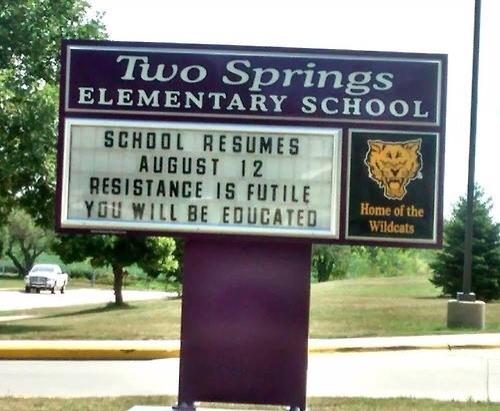Time flies when you’re having fun. It seems like just yesterday I got home from this summer’s CSTA conference. But it has actually been a while. And then yesterday I saw the call for proposals for the Annual CSTA conference. Are you doing something interesting that you are willing to share with other computer science teachers? Seriously think about making a proposal.
The Computer Science Teachers Association (CSTA) invites you to participate in the 15th Annual CSTA Conference. This event will be held July 13-14, 2015, in Grapevine, Texas (Dallas/Fort Worth area).
The CSTA 2015 Program Committee seeks proposal submissions related to the practice of teaching and learning computer science and information technology in K–12. This year, the conference is seeking 3-hour workshops and 1-hour sessions, and 20-minute mini-sessions that focus on pedagogy and best teaching practices. Proposals for all three session types must include:
- the names and contact information for all presenters
- an overview of the session
- a description of the intended audience (level, knowledge, …)
- a description of session activity (in sufficient detail for an informed decision)
- presenter background and presentation experience
Proposal must also include an expanded description (to be submitted as a PDF attachment) that provides the following information:
- background for the topic to be presented
- description of the information to be covered
- description of why this information is relevant/useful to K-12 computer science and information technology teachers
- description of what the attendees will learn from this presentation, and
- description of any handouts
Presenters will have the use of a computer projector and screen. If additional equipment or facilities are required, this should be clearly requested in the proposal; it may be possible to accommodate such requests but this cannot be guaranteed. Presenters will be required to pay for their conference registration.
All proposals will be submitted through the online symposium submission system that can be found at https://www.softconf.com/f/csta2015. If you encounter a problem with the submission system, please contact Duncan Buell at buell@acm.org.
The deadline for proposals is midnight on October 6, 2014. Review of proposals will occur shortly thereafter and notification of a decision will be made around November 15, 2014. All submission will be evaluated on the following criteria:
- technical quality
- writing and presentation
- relevance to CSTA (focus on K-12 computer science)
Successful proposers should expect to be asked to submit a draft copy of their presentation by May 15, 2015. Draft presentations will be posted on the website for attendee reference and note-taking. All final presentations will be gathered by room proctors at the end of each session. Some sessions may be selected for videotaping, which will be shared online post conference. All workshops and sessions will be photographed.
Why present at CSTA 2015? The CSTA annual conference is the only CS conference specifically dedicated to meeting the needs of K-12 computer science educators. Come network with your peers, present your great ideas, and learn best practices. Here is what some 2014 conference attendees had to say about the conference:
- “Best session and workshops I’ve ever attended at CSTA conference”
- “First year as CS teacher, and I’ve heard a number of good ideas that I’m excited to research further and implement, via CSTA”
- “Very welcoming presenters, participants and volunteers”
- “Excellent conference! Very informative and exciting!”
Additional conference details can be found at www.cstaconference.org.
We look forward to receiving your proposals and to your attendance at the symposium.
The 2015 Annual Conference Planning Committee








 Scratch Team at MIT @scratchteam
Scratch Team at MIT @scratchteam